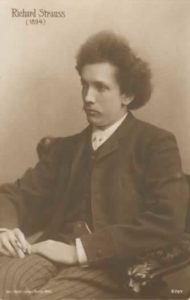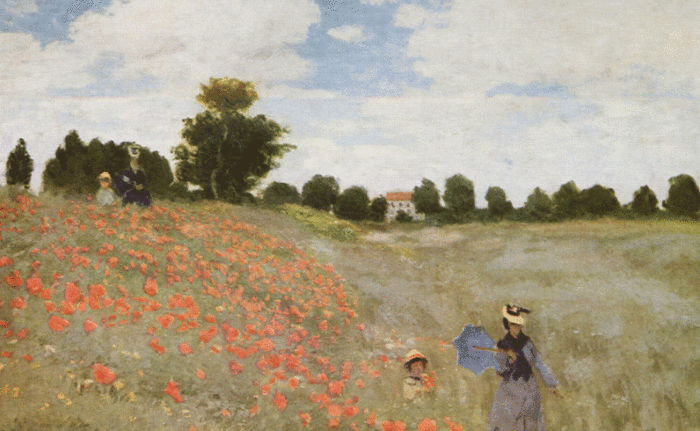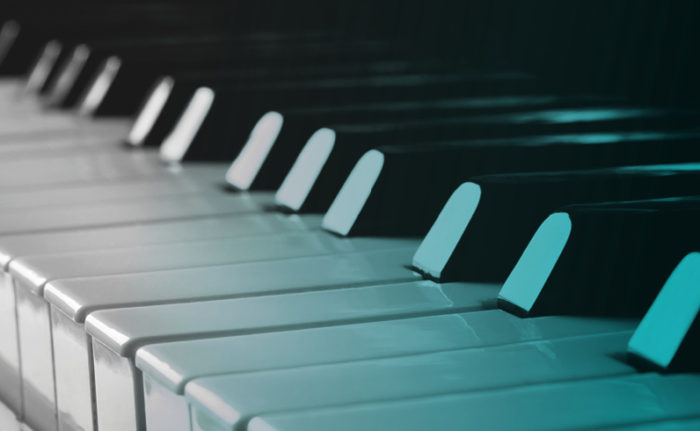On November 29, 30, and December 1, the Houston Symphony celebrates Thanksgiving with A Musical Feast: All-Strauss Thanksgiving, a program featuring four of Richard Strauss’s greatest masterpieces. In this post, discover Strauss’s Don Juan, a swashbuckling romp that scandalized Strauss’s contemporaries with its shocking eroticism and ultra-modern musical style.

Richard Strauss was a musically precocious child who produced two symphonies as well as concertos for horn and violin by the age of 20. The son of the great horn player Franz Strauss (who believed that music had gone downhill since the death of Mendelssohn), Richard began by composing in a conservative style modeled on the classics of Mozart, Beethoven, and Schubert; in 1885, however, he rebelled.
That year, young Richard was converted to the music of Wagner, the composer his father detested above all others. Influenced by Wagnerian ideas, Richard abandoned the abstract, classicizing symphonies and sonatas of his youth and began composing graphic, modern orchestral works inspired by literature. In 1889, he would complete his first mature masterpiece: Don Juan.
Specifically, Strauss was inspired by a fragmentary verse drama by the mid-19th century German poet Nikolaus Lenau, who left his Don Juan incomplete upon his descent into madness and untimely death. There is also evidence suggesting that Strauss had more personal sources of inspiration, including stern letters from his father warning him against scandalous behavior. Sometime between 1883 and 1889 he had a passionate, but ultimately impossible affair with a married woman, and in 1887 he began giving music lessons to the fiery soprano Pauline de Ahna, who would later become his wife.
The Music
Though Strauss titled his tone poem Don Juan and prefaced the score with quotations from the play, he himself never provided a detailed plot for the piece. Narrative interpretation is largely left to the listener, although some traditional interpretations have arisen. The beginning, at least, is clear enough: Lenau’s play commences with a scene in which Don Juan’s brother, Diego, confronts the rake with a message from their father, who implores Don Juan to abandon his reckless life and come home. Defiantly, Don Juan declares, “That magic circle, immeasurably wide, of beautiful femininity with their multiple attractions, I want to traverse in a storm of pleasure, and die of a kiss upon the lips of the last woman.”
The frenzied opening indubitably represents Don Juan’s lust:
Just as Don Juan thumbs his nose at his father, so too does Strauss with wild, ultra-modern music unmistakably influenced by Wagner. From the beginning, the entire piece is incredibly difficult, requiring an orchestra of virtuosos. After a rehearsal for the premiere, one of the horn players famously cried out, “Dear God! What sin have we committed, for You to send us this rod for our backs!”
The sins are all Don Juan’s, however; after the lust theme, a giggling transitional passage has traditionally been interpreted as Don Juan’s first conquest. No sooner is it completed than the lust theme strikes up again, until a demure violin solo appears—usually interpreted as the next feminine object of Don Juan’s desire. Soon the violins (representing the woman) begin a duet with the horns and cellos (representing Don Juan), their melodies entwining about each other with increasing passion. The climax, however, is surprisingly dark—perhaps hinting at Don Juan’s ultimate fate—and the lust theme immediately resumes its insatiable course.

Don Juan begins his next seduction with a brooding melody in the cellos and violas, to which a sighing flute responds. This time however, a tender oboe melody arises, suggesting a deeper emotional involvement. In the play, Don Juan alludes to Anna, the only woman who seems to have touched his heart. Naturally, this interlude does not last: as Don Juan renounces love, the horns belt a new, heroic theme, traditionally matched with one of the quotes Strauss selected: “I shun satiety and the weariness of pleasure, and keep myself fresh in the service of the beautiful; hurting the individual woman, I adore the whole species. […] Out, then, and away after ever-new victories as long as the fiery ardors of youth still soar!” The oboe tries to plead with him, but to no avail.
This new theme initiates a developmental section which spirals out of control. Traditionally, this has been interpreted as a drunken, orgiastic carnival scene. Lenau’s play does contain a masked ball, but other episodes seem perhaps even more suited to the music. In one scene, Don Juan sneaks a bevy of young women disguised as page boys into a monastery. At his signal, they reveal themselves. The apparently helpless monks immediately succumb to their charms, much to the dismay of the prior, who attempts to burn the monastery down with everyone inside (fortunately they all escape). Another possibility occurs at the end of the play, when a horde of women and bastard children demanding justice descend upon Don Juan’s castle.
The episode collapses, leading to an eerie passage traditionally associated with a cemetery scene from the play. Brief quotations of the earlier love themes suggest memories of the women Don Juan seduced—alternatively, some of those women do indeed appear to confront Don Juan at the end of the play. Don Juan promises to divide the residue of his estate among them when he dies, and Don Pedro, whose father was killed by Don Juan in a duel, obligingly appears seeking vengeance.
The return of the lust theme seems to correspond with Don Juan’s duel with Don Pedro. As skilled in the arts of war as in those of seduction, Don Juan easily bests him, but is careful to avoid seriously injuring him. The heroic horn theme of Don Juan’s resolve to eternally seek after new women then returns with intense longing. The lust theme consumes it, building to a sudden pause.
Almost on a whim, Don Juan, bored with life and the endless cycle of seduction, casts aside his rapier and Don Pedro kills him. In the preface, Strauss quotes Don Juan: “All my desires and hopes are in suspended animation; perhaps a lightning bolt, from the heights that I contemned, mortally struck my amorous powers, and suddenly my world became deserted and benighted. And yet, perhaps not—the fuel is consumed and the hearth has become cold and dark.” The piece ends with deathly quiet as Don Juan perishes.
At its premiere in Weimar on November 11, 1889, Don Juan scandalized and delighted audiences; never before had they heard such graphically suggestive music. Don Juan sealed Strauss’s fame as the genius of his generation, and he became the darling of the musical modernists.
Don’t miss A Musical Feast: All-Strauss Thanksgiving November 29, 30, and December 1! Learn more & get tickets.



